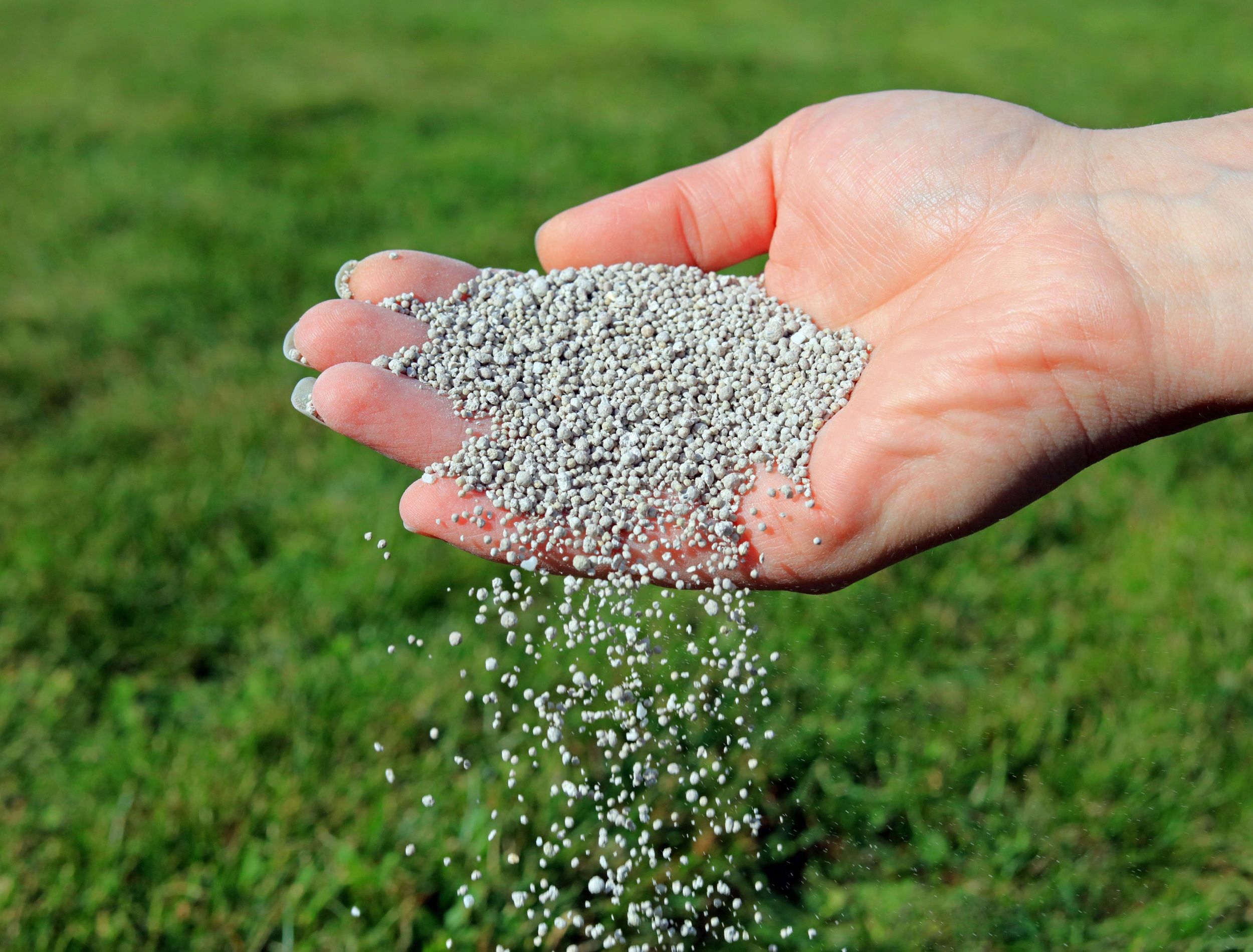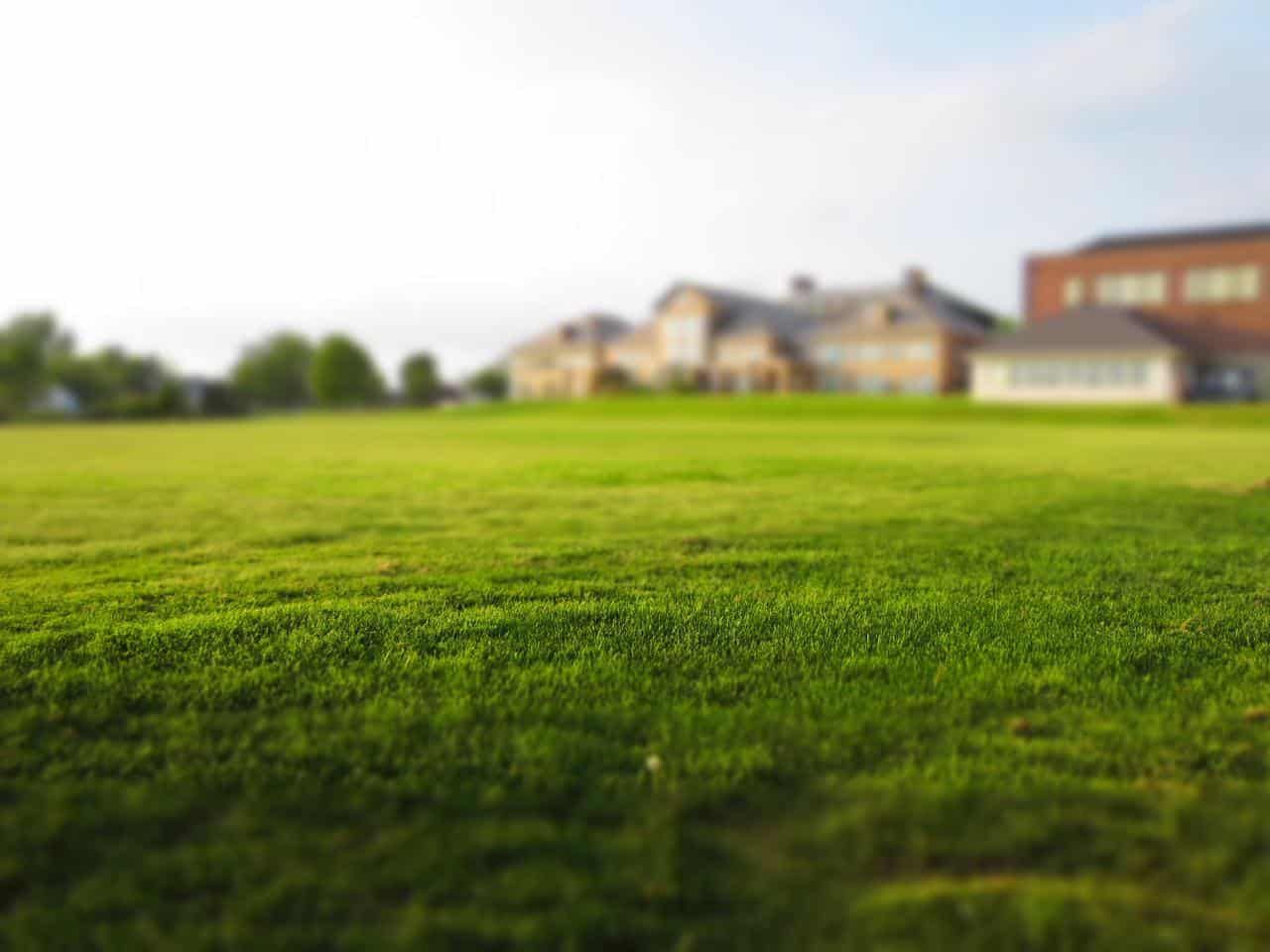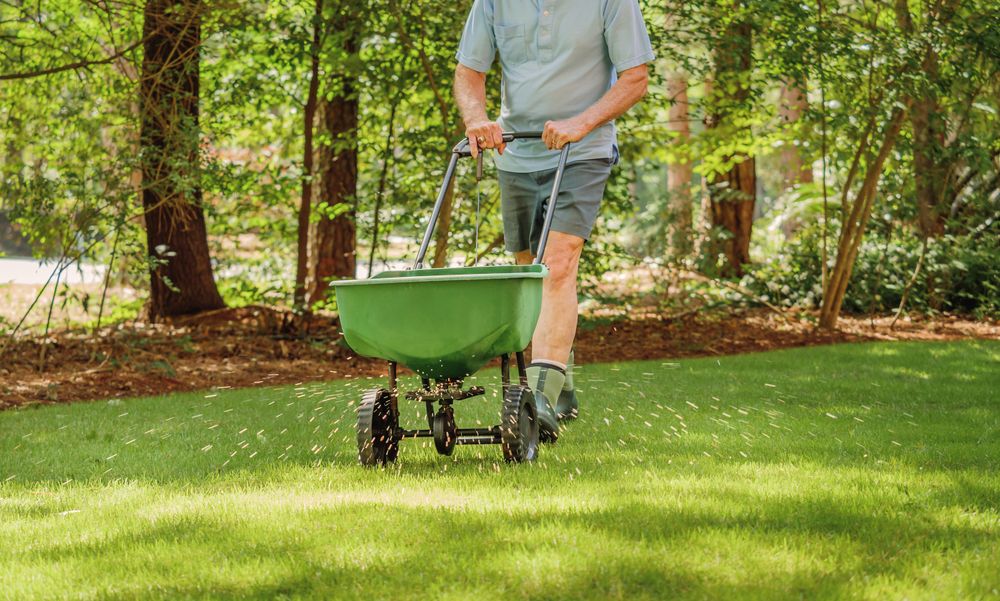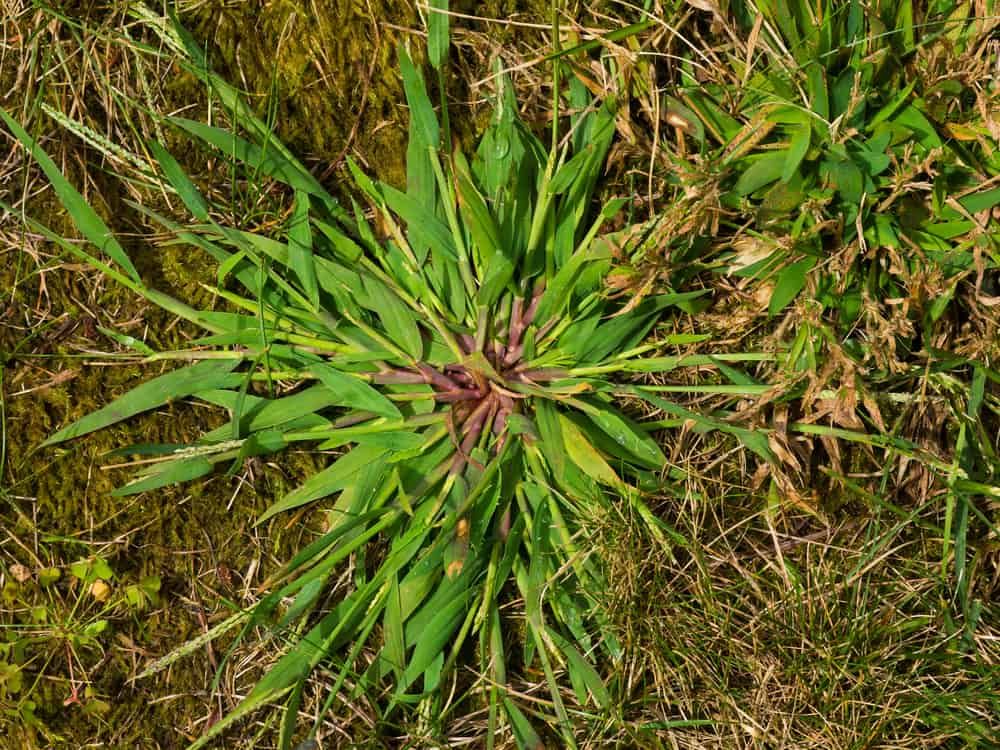It's that time of year again! The leaves are changing color, dropping from the trees, and the air is getting cooler. That can only mean one thing - fall! This is the time of year when many homeowners start thinking about winter.
While this season certainly has its own set of challenges, it's important to think about what you can do now to prepare your lawn for the colder months ahead. One of the most important things to consider is how and when to apply fertilizer to your lawn. Keep reading for more information on this subject!
When To Safely Apply Fertilizer
Image credits: freenaturestock via Pixabay
Fall is the best time to fertilize your lawn because the cooler temperatures help the fertilizer break down, slowly releasing nutrients over a longer period of time. This way your grass can absorb a constant train of nutrients, resulting in a healthier lawn come spring.
But when in the fall is the best time to fertilize? You want to fertilize your lawn when it begins to grow more roots than blades but, the answer is still a touch more nuanced then you might think.
If you’re located in the Northeast or Northwest, it’s best to fertilize in the fall. But, if you reside in the South and Southwest, it’s recommended you fertilize in late spring. In cooler climates, fertilize after Labor Day using slow-release nitrogen fertilizers.
How To Properly Fertilize Your Lawn
Image credits: The Toidi via Shutterstock
Here are a few tips on how to apply fertilizer to your lawn in the fall:
Start by raking up any leaves or debris that you see. This will help ensure that the fertilizer gets evenly distributed.
Soil test your lawn to see what nutrients it’s missing; good soil has three primary ingredients including nitrogen, phosphorus, and potassium. You can purchase a good fertilizer or make your own.
Once you've found the right fertilizer, you need to make sure you're applying it correctly. Too much fertilizer can actually end up harming your lawn instead of helping it. Experts recommend no more than one pound of nitrogen per one thousand square feet for each fertilizer application. Be sure to follow the instructions on the packaging carefully, and don't hesitate to ask a professional at your local nursery if you have any questions.
Once the fertilizer has been applied, water your lawn deeply to help it absorb the nutrients. Finally, remember to rake up any leftover fertilizer granules from your driveway or sidewalk as they can be harmful to pets and children if ingested.
Following these simple tips will help you get the most out of fertilizing your lawn in the fall. Your lawn will thank you come spring!
Why It’s Important to Take Care Of Your Lawn
Image credits: Christian Delbert via Shutterstock
Lawns are an important part of our homes and gardens - they provide us with a place to relax, play, and entertain guests. A healthy lawn is vital in achieving this, which is why it's important to fertilize your lawn regularly.
Fertilizing your lawn provides it with the essential nutrients it needs to stay green and healthy. Just like any other plant, grass needs nitrogen, phosphorus, and potassium to thrive. These nutrients help grass grow strong roots, produce more chlorophyll (which gives grass its green color), and create new growth.
Applying fertilizer to your lawn also helps it better withstand drought conditions and recover from damage caused by insects or diseases. A well-fertilized lawn is also less likely to be invaded by weeds.
Types Of Lawn Fertilizer
Image credits: egiss via Canva
There are many different types of fertilizer available, so it's important to choose one that's best suited to your lawn's needs. Some fertilizers are designed for specific grasses, while others are all-purpose.
Organic fertilizers, such as compost or manure, release nutrients slowly and are a good choice for established lawns. Chemical fertilizers, on the other hand, work more quickly but need to be applied more often.
No matter what type of fertilizer you choose, be sure to follow the manufacturer's instructions carefully. Again, applying too much will do more damage than good, so it's important to use it correctly.
By fertilizing your lawn regularly, you'll be rewarded with a green and healthy lawn that's the envy of the neighborhood.
Easy Fall Lawn Prep
One of the most important things to consider when the seasons start to changes is how and when to apply fertilizer to your lawn. Spreading fertilizer at the wrong time can actually do more harm than good, so it’s important to be aware of what you should be doing this fall in order to have a healthy lawn come springtime.
Do you have any tips or tricks? Leave a comment below, and don’t forget to share with your family and friends!





